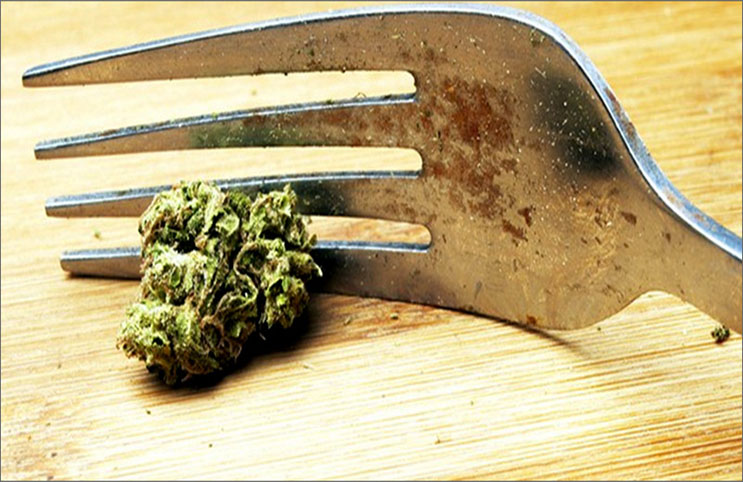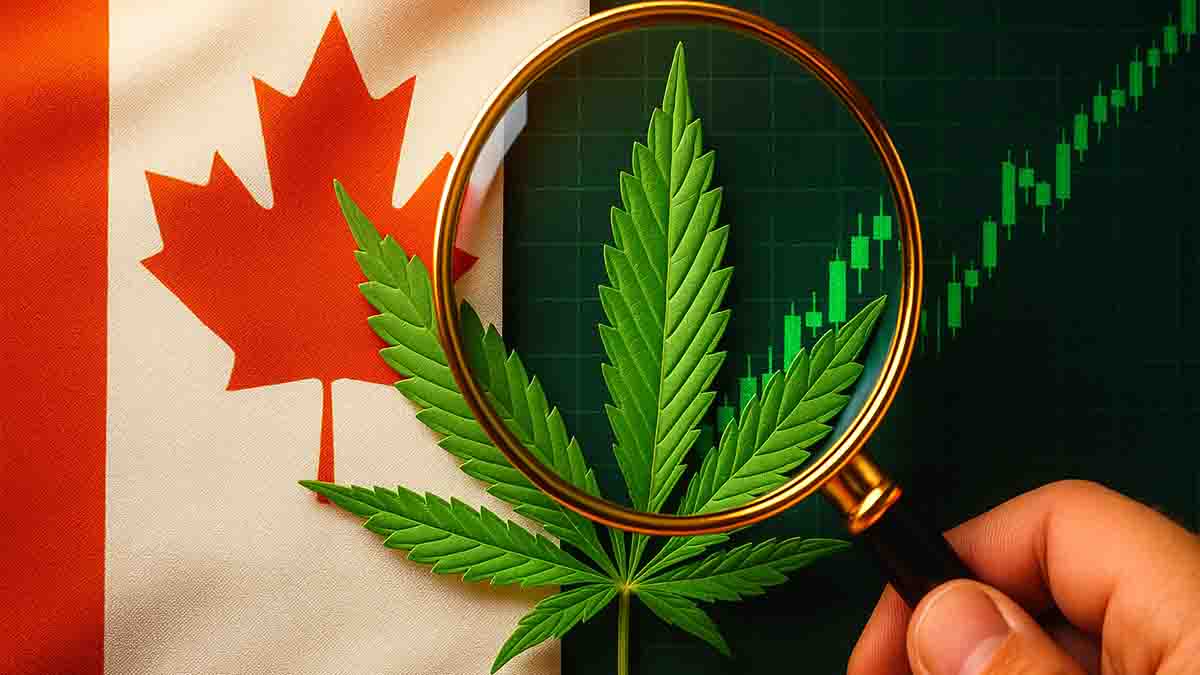Most marijuana consumers are aware that eating marijuana (via edibles); rather than smoking it, offers slightly different highs. Typically, it is the same high, but it last longer and is usually more intense. How could the same drug affect us differently? Part of the reason is known. Allow us to show you the path this molecule travels through our digestive tract and see what happens.
Let’s begin by clarifying the conditions required for both smoking and eating weed. Remember the molecule named decarboxylation? The plant molecule THCA needs to be converted into THC before use. This is why individuals cannot get stoned by consuming raw weed; it needs to be cooked–so to speak.
The reason we often see cannabutter or coconut oil infused with THC is because THC is produced after THCA is treated with heat; which is why it is cooked. Another reason is because THC is fat soluble; which is why it is heated into oils as opposed to aqueous solutions. After activating the THC in the oil it is ready to go, but it is usually preferred in dishes or sweets.
Let’s begin our adventure.
Eating goes in a different direction; as opposed to smoking, right off the rip— considering you are swallowing down the esophagus and not inhaling down the larynx. Because it goes to the stomach, THC does not get absorbed into the blood immediately. The edible is digested in the stomach, where the it is broken down into its components: THC, carbs and sugars. THC is then absorbed via the intestinal lining and taken to the liver for metabolic processing.
Imagine metabolic processing is a security check. Rather than taking the fast lane (blood) through the lungs; the THC from edibles waits in line filling out paperwork and getting its passport stamped. While this is happening; huge molecular machines (the counter clerks in our scenario), stamp the molecule and convert it to 11-Hydroxy-THC (11-OH-THC).
Let us take a step back to review what we have learned so far. Inhaling delivers THC straight to the lungs; where it enters the blood and is delivered directly to the brain. THC which is consumed must wait the long lines at the liver; where the security check has to clear it for entry. This takes time; therefore, is the reason edibles take longer to kick in. However; there is a more significant difference between eating and inhaling— we now have 11-OH-THC rather than THC.
This waiting is not done in vain because 11-OH-THC appears to be a super THC. It was discovered to be a more potent metabolite of the cannabinoid in a clinical study which was published in the Journal of Clinical Investigations. This signifies that when the rush of 11-OH-THC waiting in the liver; arrives at the brain, it hits hard. This hyper-potent THC molecule chills in our brain in a much higher quantity than basic THC.
Unfortunately, this is where the confusion kicks in. We do not know how 11-OH-THC affects the brain differently. Considering the effects are approximately the same; only intensified, it is safe to assume it is binding to the same receptors. However, we are not sure as to the differential effects of THC versus 11-OH-THC. Maybe 11-OH-THC is harder to clear out, or perhaps it binds to the receptor longer. These questions need to be answered by scientists. Thanks to our country’s increasing approval of the plant, more funding will be available for further research. Till that time comes, continue to enjoy the plant and all it has to offer!
MAPH Enterprises, LLC | (305) 414-0128 | 1501 Venera Ave, Coral Gables, FL 33146 | new@marijuanastocks.com










